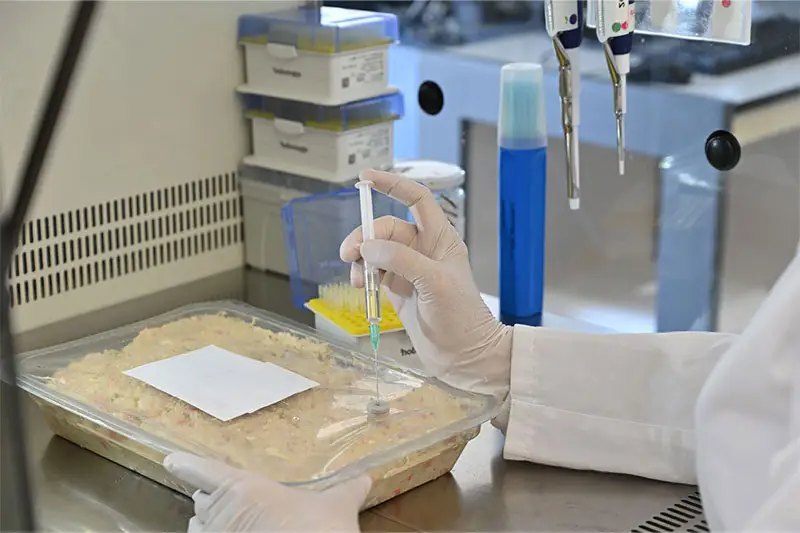Environmental Monitoring in Cosmetic Production Facilities
In the cosmetic industry, ensuring microbiological safety is paramount. Microbiological contamination can lead to severe health risks and damage consumer trust. Therefore, environmental monitoring serves as a critical tool for quality managers, compliance officers, R&D engineers, and procurement teams.
Environmental monitoring involves systematic sampling of air, water, surfaces, and equipment within the production facility to detect microorganisms that could compromise product safety. This process is essential for maintaining high standards of hygiene and ensuring adherence to international regulations such as ISO 14644-1:2015 and ASTM E2338.
Proper environmental monitoring begins with comprehensive sampling strategies tailored to the specific needs of cosmetic production environments. Sampling sites include air intakes, exhaust vents, cleanroom floors, equipment surfaces, and packaging areas. Specimens are collected using sterile swabs or air samplers and transported to accredited laboratories for analysis.
The laboratory employs advanced microbiological techniques to identify potential pathogens and assess the overall cleanliness of the production environment. Common tests include total viable counts, aerobic plate count, yeast and mold counts, and detection of specific pathogenic bacteria like Staphylococcus aureus or Pseudomonas aeruginosa.
Compliance with regulatory standards is non-negotiable in this sector. Laboratories must adhere to stringent protocols when performing environmental monitoring. This includes using validated sampling methods, maintaining sterility throughout the process, and ensuring accurate and reliable results through proper calibration of equipment and proficiency testing.
The importance of real-world usage cannot be overstated. For instance, frequent monitoring can help identify potential sources of contamination early, allowing for corrective actions before they impact product quality or consumer health. By addressing issues promptly, companies can mitigate risks associated with microbial growth and ensure consistent compliance with regulatory requirements.
Customer satisfaction is directly linked to the effectiveness of environmental monitoring programs. Satisfied customers expect safe products that meet stringent hygiene standards. When a company demonstrates its commitment to microbiological safety through robust environmental monitoring practices, it fosters trust and loyalty among consumers.
- Increased customer confidence: Regular testing instills trust in the brand’s commitment to quality.
- Avoidance of recalls: Early detection minimizes the risk of product withdrawals due to contamination.
- Promotes positive brand image: Consistent adherence to hygiene standards enhances a company's reputation.
- Reduces liability risks: Proactive measures reduce legal exposure in case of contamination incidents.





